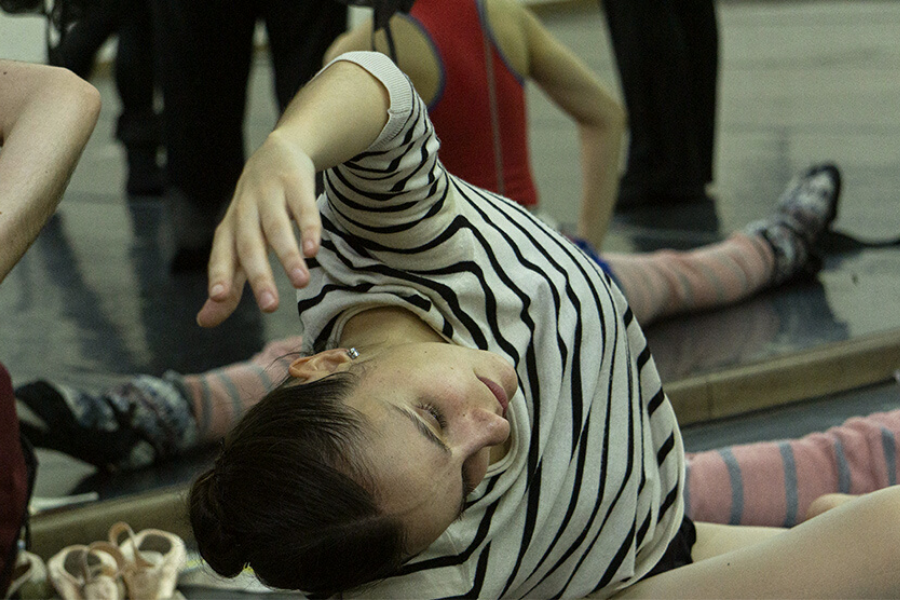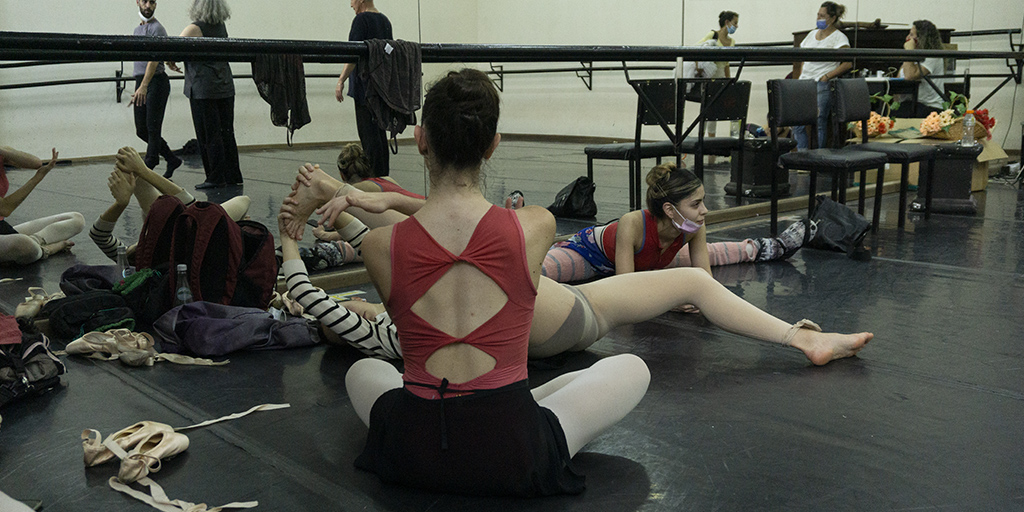Marius Petipa y su legado en la danza llegan al Teatro del Libertador

La creatividad y técnica del coreógrafo reformularon la manera de concebir la creación para ballet. Su clásica coregorafía para El lago de los cisnes sube al escenario del Teatro del Libertador desde el 5 de mayo con dirección general a cargo de Hadrian Ávila Aruza.
El clásico del ballet El lago de los cisnes sube a escena los días jueves 5 (20:00 horas), sábado 7 (19:00 horas), domingo 8 (19:00 horas) y martes 10 (20:00 horas), con el Ballet Oficial de la Provincia y la Orquesta Sinfónica de Córdoba, en el Teatro del Libertador San Martín, y dirección general de Hadrian Avila Aruza.
Se trata de la primera gran producción del teatro después del período de aislamiento preventivo y el retorno paulatino de las actividades, hasta conformar una producción de envergadura en la que intervienen todas las dependencias escenotécnicas y artísticas.
La coreografía original, con música de Piotr Ilich Tchaicovsky, es de Julius Reisinger. Sin embargo, la obra alcanzó fama mundial a raíz de una nueva coreografía de Marius Petipa y Lev Ivanov.
El coreógrafo del Ballet Imperial
«Marius Petipa fue un coreógrafo, maestro de ballet y bailarín francés. En 1847 se radicó en la Rusia imperial, en San Petersburgo, en donde trabajó durante 60 años», cuenta la directora Artística del Ballet Oficial de la Provincia, Laura Fiorucci.
«En el Teatro Imperial confluyeron artistas de gran talla que estuvieron al servicio de magníficas puestas en escena», afirma la directora. «Las obras de Petipa exigían a sus intérpretes un alto nivel técnico, y contó con los mejores bailarines de su época; los mejores compositores, diseñadores de escenografía y vestuario estaban bajo su batuta; además contó con el apoyo económico de la casa real», agrega.
El coreógrafo Marius Petipa «tenía un alto sentido de la elegancia y detestaba el acrobatismo. Intentó conservar y enriquecer la herencia romántica, llevando la tradición a sus más altos niveles», comenta Laura Fiorucci.

«Petipa creó 55 ballets, 21 en colaboración con otros coreógrafos y 37 coreografías para óperas, una gran producción de obras que constituyen hoy el mayor legado coreográfico dejado por una sola persona», señala Laura Fiorucci, directora Artística del Ballet Oficial de la Provincia de Córdoba.
Una visión integral de la danza
La directora artística del ballet, continúa: «Durante los 60 años de carrera de Petipa al frente del Ballet Imperial, reformó el papel del bailarín masculino y femenino obteniendo lo mejor de cada capacidad física».
«En la creación de sus coreografías -sigue diciendo la directora Laura Fiorucci-, era minucioso e iba escribiendo en una libreta las diversas evoluciones que la partitura exigía, los personajes, entradas, salidas, detalles de las estructuras y diseños del cuerpo de baile, ideas de vestuarios y escenografías. Petipa unió la tradición de la velocidad italiana con la herencia del elaborado adagio francés».
La maestra de ballet y discípula el gran coreógrafo venezolano, Vicente Nebrada, resalta: «Otro detalle haría de Petipa el coreógrafo más adecuado para los amplísimos escenarios rusos: su manejo exquisito de los cuerpos de baile. Estas innovaciones convirtieron al cuerpo de baile en el favorito del público, desarrollando una parte muy importante de los ballets que se ponían en escena. Su objetivo en los ballets era lograr exhibir lo maravillosos que eran estos».
Genio y figura
Para terminar, Laura Fiorucci concluye: «Petipa creó 55 ballets, 21 en colaboración con otros coreógrafos y 37 coreografías para óperas, una gran producción de obras que constituyen hoy el mayor legado coreográfico dejado por una sola persona».





